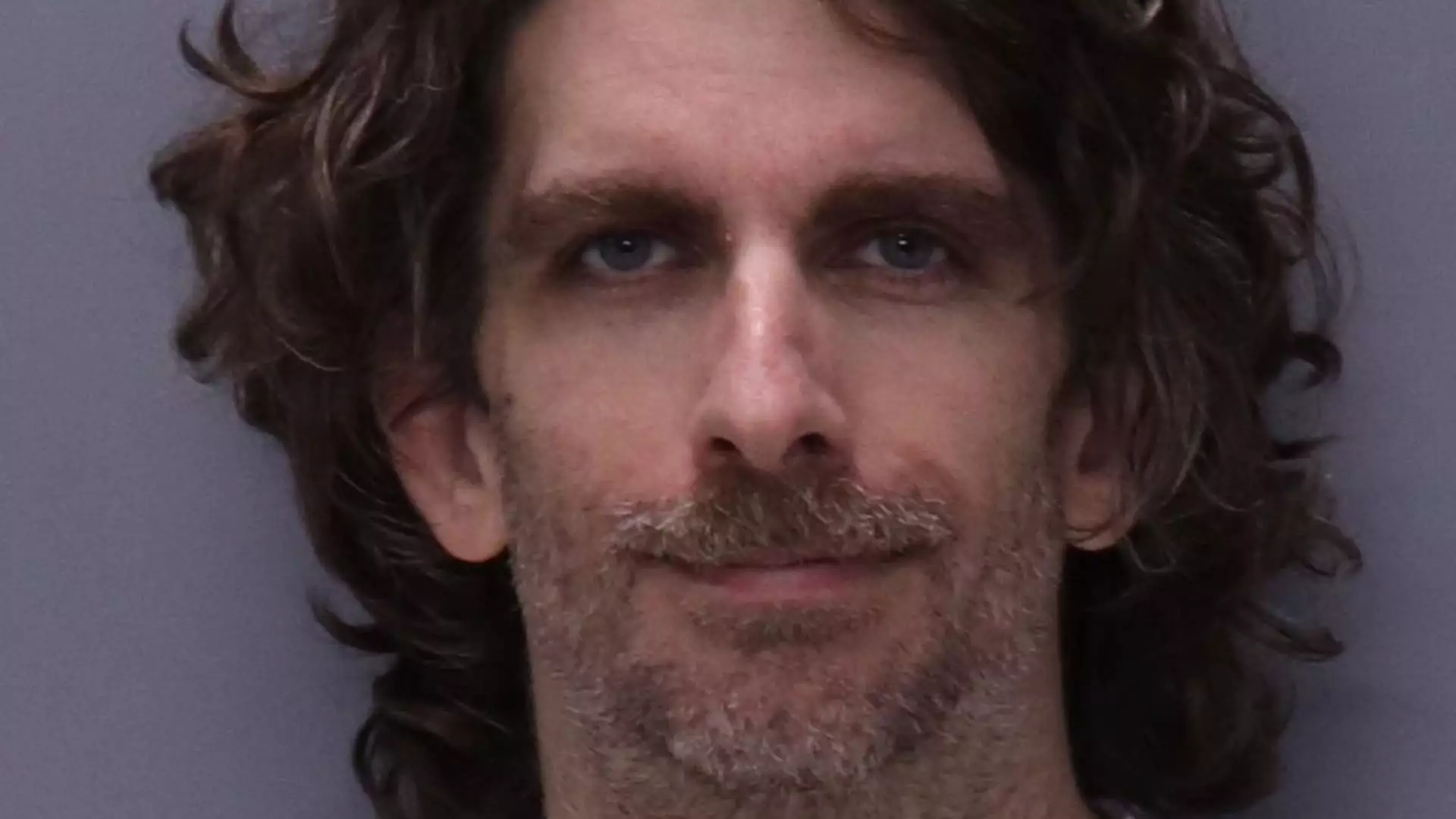A heartbreaking incident took place outside the courthouse where former President Donald Trump’s hush money trial was scheduled. A man, later identified as Maxwell Azzarello from Florida, set himself on fire in the designated protest area. Reports indicated that he walked into the park, scattered pamphlets, poured an accelerant on himself, and ignited the flames before collapsing. Despite the efforts of bystanders and emergency personnel, Azzarello succumbed to his injuries, underscoring the severity of the situation.
Witnesses described the chaotic scene as individuals attempted to extinguish the fire and rescue Azzarello. The man was rushed to the burn unit at Weill Cornell Medical Center, where he was listed in critical condition before ultimately passing away. Tragically, several police officers and a court officer sustained minor injuries during the rescue efforts, highlighting the risks and challenges faced by first responders in such harrowing situations.
Law enforcement officials revealed that Azzarello’s pamphlets centered around Ponzi schemes and conspiracy theories, hinting at his potential motivations. While the investigation did not pinpoint a specific target, it raised concerns about the individual’s mental state and ideological beliefs. Reports also suggested that Azzarello may have hinted at his drastic actions beforehand, signaling a premeditated and disturbing course of events that culminated in the tragedy that unfolded before onlookers.
Eyewitnesses recounted the chilling moments leading up to Azzarello’s self-immolation, shedding light on the disturbing sequence of events. Accounts described how the man doused himself in accelerant and set himself ablaze, creating a disturbing and horrific spectacle outside the courthouse. The shock and horror felt by those present underscored the gravity of the situation, as individuals grappled with the aftermath of the tragic incident.
The shocking nature of the event reverberated throughout the community, prompting discussions about mental health, extremist ideologies, and the potential triggers for such drastic actions. The repercussions of Azzarello’s tragic death extended beyond the immediate aftermath, raising broader questions about societal pressures, individual struggles, and the need for compassion and understanding in the face of crisis.
In the wake of this heartbreaking incident, there is a pressing need for reflection, empathy, and proactive interventions to prevent similar tragedies in the future. Addressing mental health concerns, fostering open dialogue about extremist ideologies, and promoting community support systems are crucial steps in creating a safer and more compassionate society. As we mourn the loss of Maxwell Azzarello, we must also commit to honoring his memory by advocating for positive change and working together to build a more resilient and inclusive community.


Leave a Reply